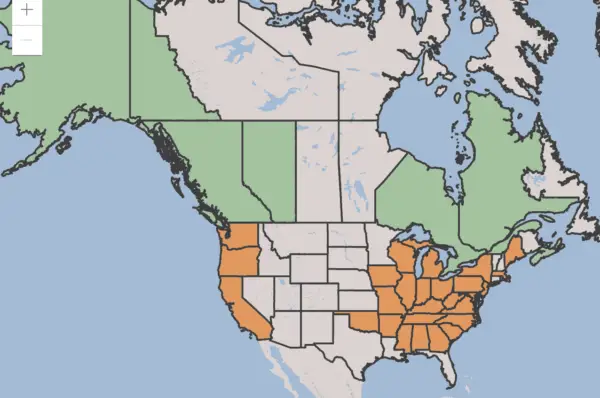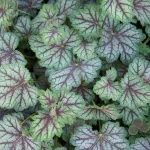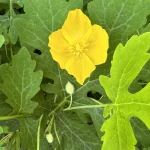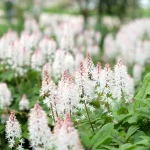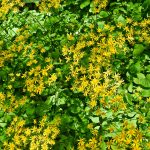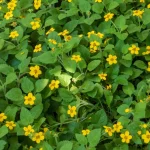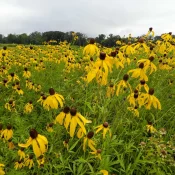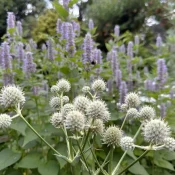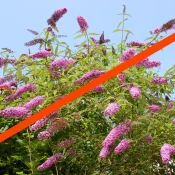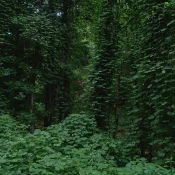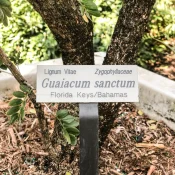Wow—what a crazy common name for a gorgeous native flower. Goatsbeard thrives in a wide variety of places—part-shade and full-shade gardens work well. Their white, frothy blooms emerge in the late spring/early summer, from May to July. Naturally grown in forests, Goatbeard loves a blanket of mulch to keep it thriving. Scroll on for planting tips.
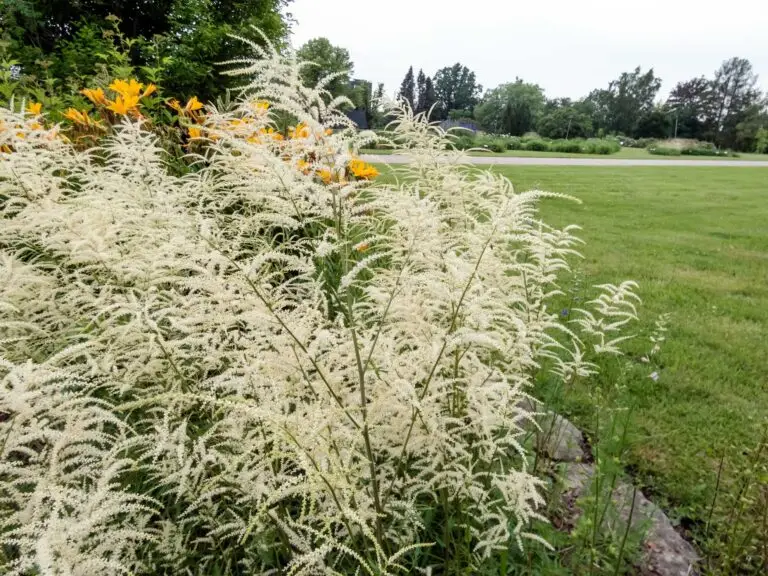
Why is it important to plant native plants like Goatsbeard?
Planting native plants makes our yards and spaces gorgeous while helping the birds, butterflies, and animals (and helping save us time!) Here are three reasons why planting native is worth it:
- Without native plants, iconic animals like Monarch butterflies and songbirds won’t have the food or homes needed to survive
- Native plants save time and money: after the first year of getting established, native plants are happy with rain
- Native plants are gorgeous! Goatsbeard is a perfect example of how beautiful and resilient native plants are—they are always the best choice for our gardens.
New to native?
Before lawns and landscaping, native plants were here. They’ve fed birds, bees, and butterflies for thousands of years—and they’ll do the same in your yard. The best part? They’re easier to grow than you think.
Where should I plant Goatsbeard?
Goatsbeard is great for edges, borders, or paired with other native companions in a part-sun garden.
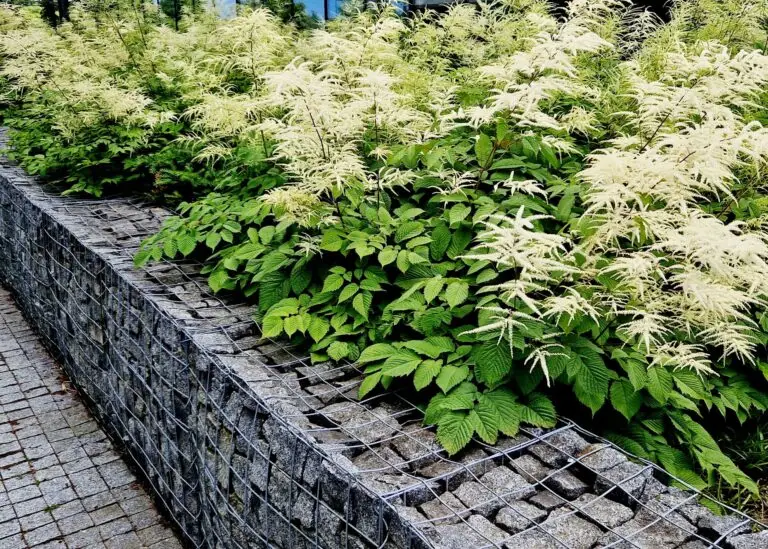
What type of sun does Goatsbeard like?
Choose a spot with moist, well-drained soil, and this hardy perennial will thank you. Opt for a mix of sun and shade—just no full, blazing sun. This native beauty is a flexible companion, adapting to various garden conditions.
What care does Goatsbeard need?
Goatsbeard is a low-maintenance companion in your garden journey. Once established, it thrives with minimal care. Regular watering, especially during dry spells, and a layer of mulch around the base are simple steps to ensure its well-being. As a native plant, it’s well-suited to the local environment.
Any challenges with planting Goatsbeard?
While Goatsbeard is generally robust, like any plant, it appreciates a little attention during its first year. (The care needed during the first year of a plant’s life in a new spot is called getting established.) Ensuring proper soil moisture during its establishment phase is key—in other words, during the first year of planting water it during dry spells. Beyond that, it will be happy with rain and come back year after year.
Where is Goatsbeard native?
Goatsbeard to a wide range of North America. It is native to the coasts of both the US and Canada, from Maine down to Arkansas, and from Washington to California.
According to the US Forest Service, Goatsbeard even grows in Alaska! “In south-central and southeastern Alaska, goatsbeard grows abundantly in forest edges and along roads and railroad embankments.”
Where can I buy or find Goatsbeard?
Sadly, native plants can be challenging to source. But you can find some Goatsbeard—if you know where to look! Here are four sourcing ideas to help you find some in your area:
Where can I find seeds and plants?
Finding native plants can be challenging (we partly blame Marie Antoinette.) To make it easier, we’ve assembled four sourcing ideas.
Native Nursery List
300+ native nurseries makes finding one a breeze
Online Native Plant Sellers
We've included 100+ online resources to help
Society Plant Sales
Every state has a native plant society; find yours
Online Communities
Local Facebook groups are a great plant source
What are good pairings for Goatsbeard?
There are SO MANY great pairings for Goatsbeard! Fantastic native flowers to plant alongside include Alumroot, Wild Columbine, Indian Pink, and Coral Honeysuckle.
Native flower pairings
Native shrub and tree pairings
Any other native plants that have crazy names?
Oh, we are so glad you asked! There are lots of other native plants that have crazy common names (common names are the names generations before gave the plants they encountered.) Some particularly creative named native plants include:
- Black-Eyed Susan (why are her eyes black? Is she ok?!)
- Joe Pye Weed — but the story of Joe Pye deserves a blockbuster movie
- Milkweed
- Rattlesnake Master
Read our quick round-up of terrible names, beautiful native plants for more.
In conclusion…
Goatsbeard is a fantastic native plant that looks gorgeous and requires minimal work—especially compared to lawns. It thrives in many places, making it perfect for beginner gardeners. It should do fine if you don’t plant it in full, blazing sun. Because it’s a perennial, plant it once, and it will come back, year after year.
Make sure you add a nametag to the garden, as everyone will want to say hello to this charming native flower. Happy planting!
Sources
- US Forest Service, Plant of the Week: Goatsbeard
- USDA Plants Database: Goatsbeard / Brides Feathers
There are plenty of options for shade.
